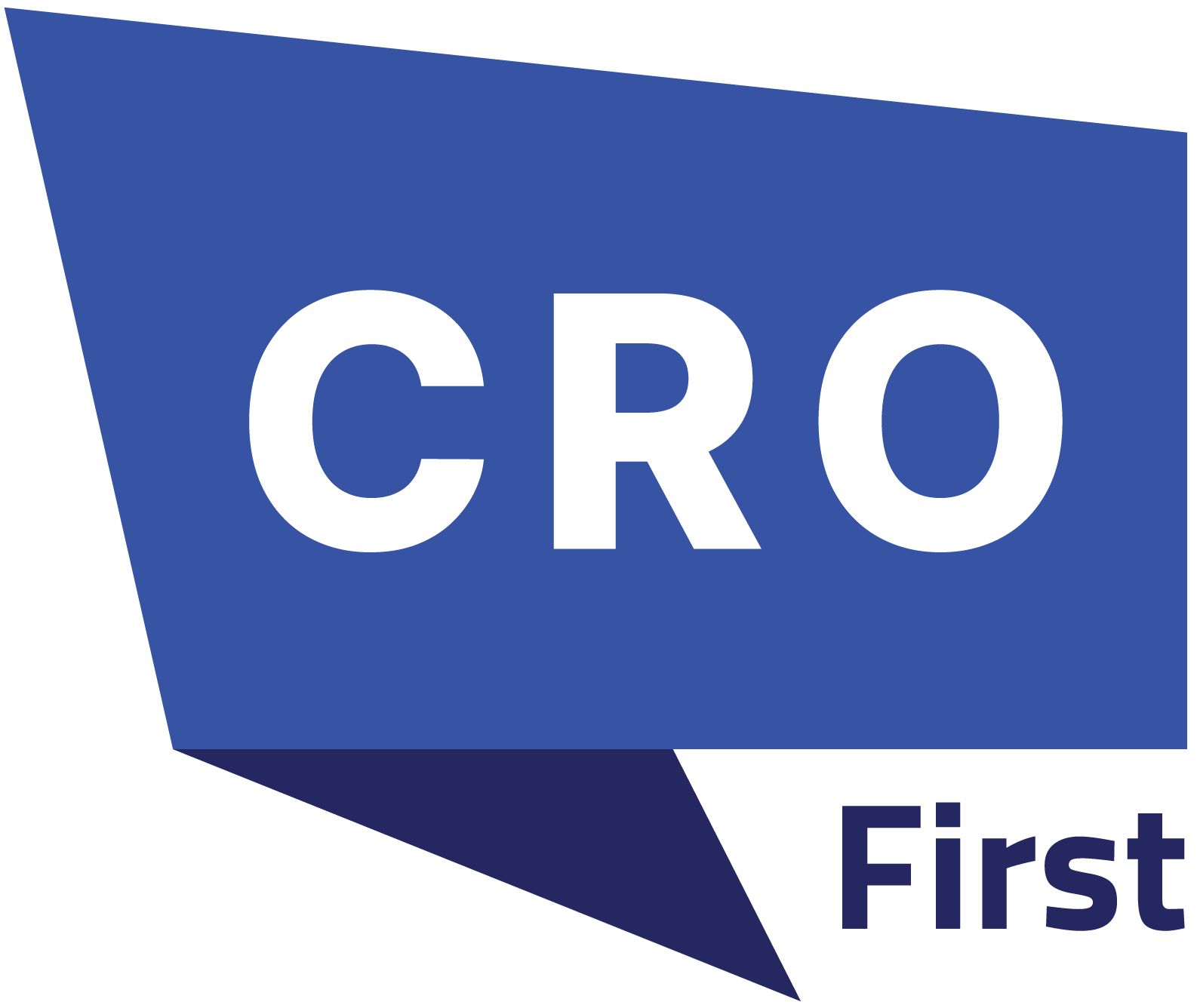Any firm, even startups and small enterprises, should grasp the necessity of automating accounts receivable from the outset. Cash flow is impossible without timely client payments, and growth is impossible without cash flow.
Effectively managing collections can be quite difficult. You may be wondering:
What are some ways to reduce the Order-to-Cash cycle? Which strategies can speed up collection?
Although it can be daunting, accounts receivable automation can help you get rid of manual tasks and free up time for the things that really count. Keep reading to learn:
What is Accounts Receivable Automation?
As the name suggests, AR automation is a method of automating the time-consuming, repetitive processes that make up the accounts receivable process, which is necessary to collect money that clients owe the business. The credit-to-cash cycle, all the processes that must be completed between a client making a credit purchase and the business getting paid for the order, is accelerated by effective AR automation.
Businesses may better manage their receivables using AR automation, which reduces errors, lowers expenses, and improves cash flow.
Did you realize that automating accounts receivable can make a laborious, time-consuming procedure more accurate and efficient? According to the B2B Payments Innovation Readiness Playbook, 75% of companies that automate their accounts receivable say that automation helps them deliver better client experiences, and 87% say that automation speeds up processes overall.
How AR Automation Helps Businesses Run Smoother

It might be challenging to manage accounts receivable (AR). However, automation improves accuracy, speed, and ease of use.
Businesses can eliminate the need for manual labor by using AR automation to perform operations like financial reporting, payment collecting, and invoicing. Teams are better able to stay coordinated and commit fewer errors as a result.
Additionally, it provides real-time insight into cash flow conditions. You can easily identify who is responsible for what, what is past due, and what has already been paid.
Also, automation makes it easier to produce bills on schedule and in the appropriate format for every client. This implies fewer back-and-forth emails and delays. To save your team time, the AR system fills in important elements like payment conditions and customer information.
After a customer puts an order, the system records their billing information. Therefore, there is no need for reminders because the system will automatically send the invoice if a client is due on the tenth of every month. According to a recent PYMYS survey, nearly two-thirds of CFOs at highly automated companies reported fewer DSOs and invoicing problems, demonstrating the benefits of AR automation.
It gets even better.
Invoices and sales orders can be matched, various payment methods can be tracked, and issues like missing payments or expired credit cards can be flagged by AR automation.
Furthermore, you can establish late fines or early payment discounts. Customers are encouraged to pay on time as a result.
You may automatically update customers and receive real-time reports with all of this data in one location.
To put it briefly, AR automation helps you manage cash flow, cut down on human labor, and improve client connections.
5 Ways CROs Can Use Accounts Receivable Automation to Speed Up the Order-to-Cash Cycle
Cash flow is particularly important for Contract Research Organizations (CROs). However, protracted Order-to-Cash (O2C) cycles sometimes cause congestion. Common issues include manual follow-ups, delayed invoicing, and billing inaccuracies.
That’s where Accounts Receivable (AR) automation comes in. It replaces slow manual steps with fast, digital ones. The result? You get paid faster, work more efficiently, and reduce stress for your finance team.
Let’s look at how CROs can use AR automation to improve the O2C cycle.
1. Send Invoices Without Delay
In CROs, billing depends on milestones, deliverables, or time spent. Manual invoicing can take days or even weeks.
AR automation lets you send invoices as soon as a project milestone is completed. It pulls data from your project or finance system and generates accurate bills instantly. No more waiting or chasing down project managers.
Faster invoicing = faster payments.
2. Get Real-Time Payment Updates
It’s hard to track dozens of clients and invoices manually. Payments get missed. Follow-ups get delayed.
AR automation solves this. It gives you a live dashboard of all invoices, their status, and when they’re due. You can set automatic alerts when payments are late. And even send thank-you notes when payments come in.
You’re always in the loop, without doing all the work yourself.
3. Communicate Better with Clients
Late payments often come from confusion or lack of reminders. Busy clients forget. Emails get buried.
With AR automation, reminders go out like clockwork, before and after due dates. You can customize messages, set up schedules, and even include payment links. It’s professional and consistent, without lifting a finger.
Clients appreciate the clarity. You collect faster.
4. Eliminate Manual Errors
Mistakes in billing delay payments. Wrong amounts. Missing PO numbers. Incorrect tax info. These small issues cost time and trust.
AR automation reduces these errors. It pulls correct data directly from your ERP or CRM. It checks for missing fields. And it makes sure the invoice matches client requirements.
Accurate bills get approved faster, and paid faster too.
5. Use Data to Improve Cash Flow
AR automation doesn’t just send invoices. It also gives insights.
You can see which clients pay late, how long it takes to get paid, and how your Days Sales Outstanding (DSO) is trending. With this data, you can:
- Offer better terms to clients who pay on time
- Tighten terms for high-risk accounts
- Predict cash flow more accurately
A NetSuite research found that 62% of companies polled saw an improvement in DSO following AR automation.
How This Ties Back to AR Automation
All the steps above become easier with automation. You don’t have to chase invoices or manually track payments. Instead, you let the system handle it, faster, smarter, and more consistently.
Your finance team gets time back. Your collections improve. And your business runs smoother.
Actionable Tactics to Accelerate Collections and Reduce DSO
Now that we know the power of automation, here are some hands-on strategies to reduce DSO (Days Sales Outstanding) and collect payments faster.
1. Define Clear Payment Terms
Start every client relationship with a clear contract. Spell out the payment terms. Mention due dates, penalties, and preferred payment methods. Avoid surprises later.
2. Set Up Automatic Reminders
Don’t rely on memory or spreadsheets. Use AR tools to schedule reminders before and after the due date. Friendly nudges work wonders.
3. Offer More Ways to Pay
Not every client wants to mail a check. Let them pay by card, ACH, or bank transfer. The easier it is to pay, the faster they’ll do it.
4. Reward Early Payments
Small discounts can go a long way. Offer a 1–2% discount for early payment. Many clients will jump at the chance to save.
5. Prioritize High-Risk Clients
Use AR data to spot clients who often pay late. Follow up early. Be proactive with reminders and check-ins. Don’t wait until the due date.
6. Resolve Billing Disputes Quickly
Sometimes, clients delay payment because of invoice errors or confusion. Have a process to handle disputes fast. Keep communication open and helpful.
7. Track and Adjust Your DSO
Watch your DSO every month. Set targets. Adjust your strategy based on trends. The more you track it, the better it gets.
Opting for the Best Accounts Receivable Automation Software

The ideal method to begin the product-evaluation process is to get feedback from the people who currently do the task. This is because the best AR automation software is the one that best suits your company’s demands. Since they already have a thorough understanding of the accounting workflow, they can assist in identifying the specific AR software needs of your company and pointing out any potential problems with the AR process, as well as how to fix them.
It is crucial that AR automation be integrated with the company’s accounting system and have the ability to bill clients in multiple forms, going beyond the business needs. It’s critical that the software supports all of the nations in which the company conducts business if it does so worldwide.
Final Thoughts
Accounts receivable automation is a game-changer for CROs. It reduces delays and accelerates the order-to-cash cycle.
Teams work faster and make fewer mistakes when there are fewer manual duties. Real-time information on invoices and payments are also provided.
This means better cash flow and smoother operations.
In short, automation helps you get paid faster and run your business better. It’s a smart move for any CRO.

